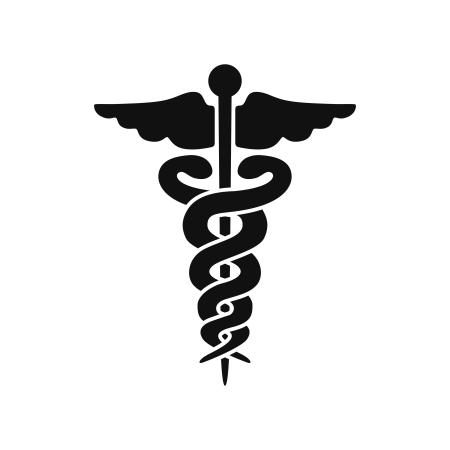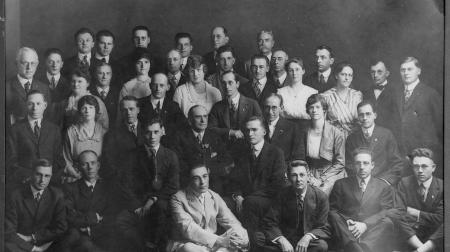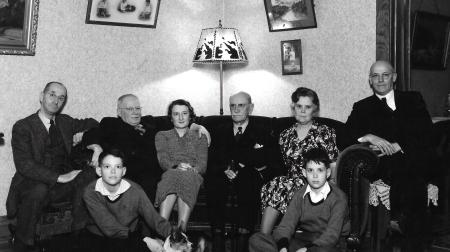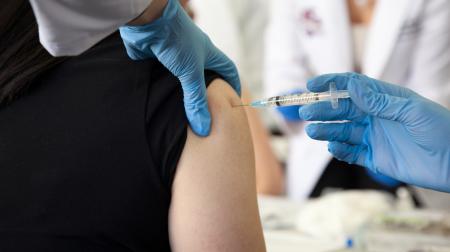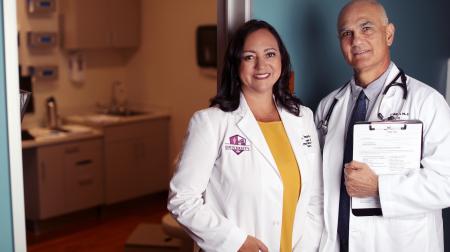A History of Excellence Since 1904
The health care university known today as Marshall B. Ketchum University evolved due to the growing need to provide health care education in an interprofessional setting. Tracing our roots to the founding of the Los Angeles School of Ophthalmology and Optometry in 1904, we have become a new kind of health care university in response to changes in health care delivery. At MBKU, we focus not only on expert specialty training but also prepare practitioners to work in a multidisciplinary, collaborative practice environment.
Our Beginnings
The history of MBKU begins in 1904, with the founding of the Los Angeles School of Ophthalmology and Optometry that, over the years, became the Southern California College of Optometry (SCCO). As the third oldest school of optometry in the United States, SCCO has always been a leader in health care education. As the delivery of health care evolved to emphasize practitioners working together as a team, it was clear to the leadership of SCCO that the approach to health care education needed to change.
MBKU Founded
In 2013, the SCCO Board of Trustees approved a university structure that would allow for additional programs, naming it after the founder of SCCO, Dr. Marshall B. Ketchum. Soon after, under the leadership of President Kevin L. Alexander, a Physician Assistant (PA) program was added and later a College of Pharmacy. Our approach to health care education includes: 1) world-class education within each discipline, 2) interprofessional training opportunities and 3) learning that combines advanced clinical training with innovative teaching methods. In short, at MBKU, we train you for the future of patient care.


